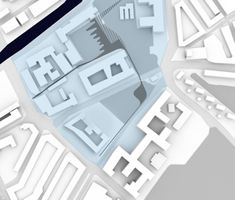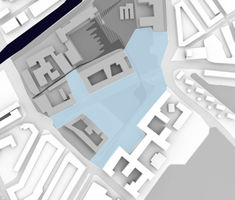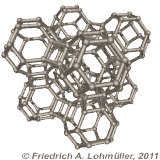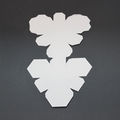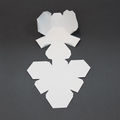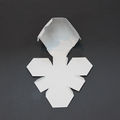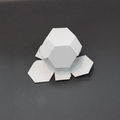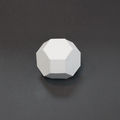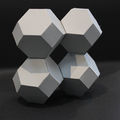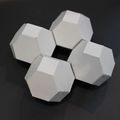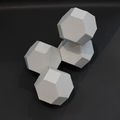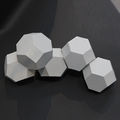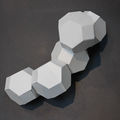project J:Negative
Contents |
Where: interstitial spaces
How: modular system
Customised modular systems offer the possibility of flexible structures which can help solve the requirements of temporary events and activities. Additionally, modular systems potentially provide forms with great complexity out of simplicity. This project investigates the evolution of self‐sustained parasitic structures that evolve by creating aggregation forms well adapted to their hosts.
The modular development of forms, capable to adapt to the built environment but at the same time disruption existing flows, provides easy and low‐cost solutions for extending and rejuvenating architectural space.
Modulus
We will engage with the idea of a responsive and interactive architecture through a demountable, reploy-able and recyclable structure.
For this reason we have investigated different kind of solid that we can use for an iterative model.
| The inspiration: foldable boat
| Achille Castiglioni's Taraxacum
Truncated Octahedron
The solid that we have chosen to investigate the creation of iterative structures is the truncated octahedron.
In solid geometry the truncated octahedron is an Archimedean polyhedra of the thirteen, obtained by truncating the cusps regular octahedron.
He has 14 regular faces, of which 8 hexagonal and 6 square edges 24 of his 36 separate hexagonal face of a square and 12 hexagonal faces two separate, and each of its 24 vertices contribute a square face and two hexagonal faces.
Construction phases
Possible configuration

